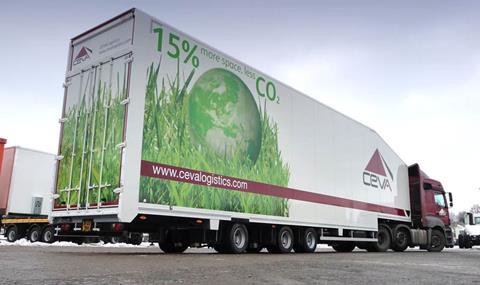
The DfT has achieved its original target of getting 1,800 longer semi-trailers on the roads, albeit almost five years after the scheme was first launched.
According to the DfT’s annual report on the trial, 1,806 longer semi-trailers were in circulation at the end of 2016.
However, the number of operators taking part in the trial fell slightly from 163 in 2015 to 161 last year.
Noting that more than 15 million vehicle km has been saved since the trial began in January 2012, the FTA said longer semi-trailers' success has been “clear and undeniable” and called for them to be put into permanent use.
Christopher Snelling, FTA’s head of national and regional policy, said: “The success of this project shows what can be gained from adding marginally to the dimensions of our road freight fleet – massive carbon, air quality and safety benefits can be achieved right now.
“Weights and dimensions should be looked at in a rational, evidenced based manor and not simply rejected because some campaigners do not like the sound of them.”
By the end of last year, the trailers had travelled 319 million km collectively. They ran empty for 18% of this distance, compared to around 29% for all articulated trailers.
Snelling said that road freight could never be replaced by other modes, such as water and rail, so it was important to maximise its efficiency.
The DfT said it developed a method of modelling routes in 2015 and 2016, and plans to validate this model using sample GPS data in the coming year. It currently relies on operators supplying data relating to the trailers' use themselves.
It plans to strengthen its processes to accommodate the 1,000 additional trailers and more than 50 further operators who have signed up to the trial since it was extended in duration and scope earlier this year.
It also hopes to begin looking at the environmental impact of the trial, with the potential for making them more freely available in the future.














